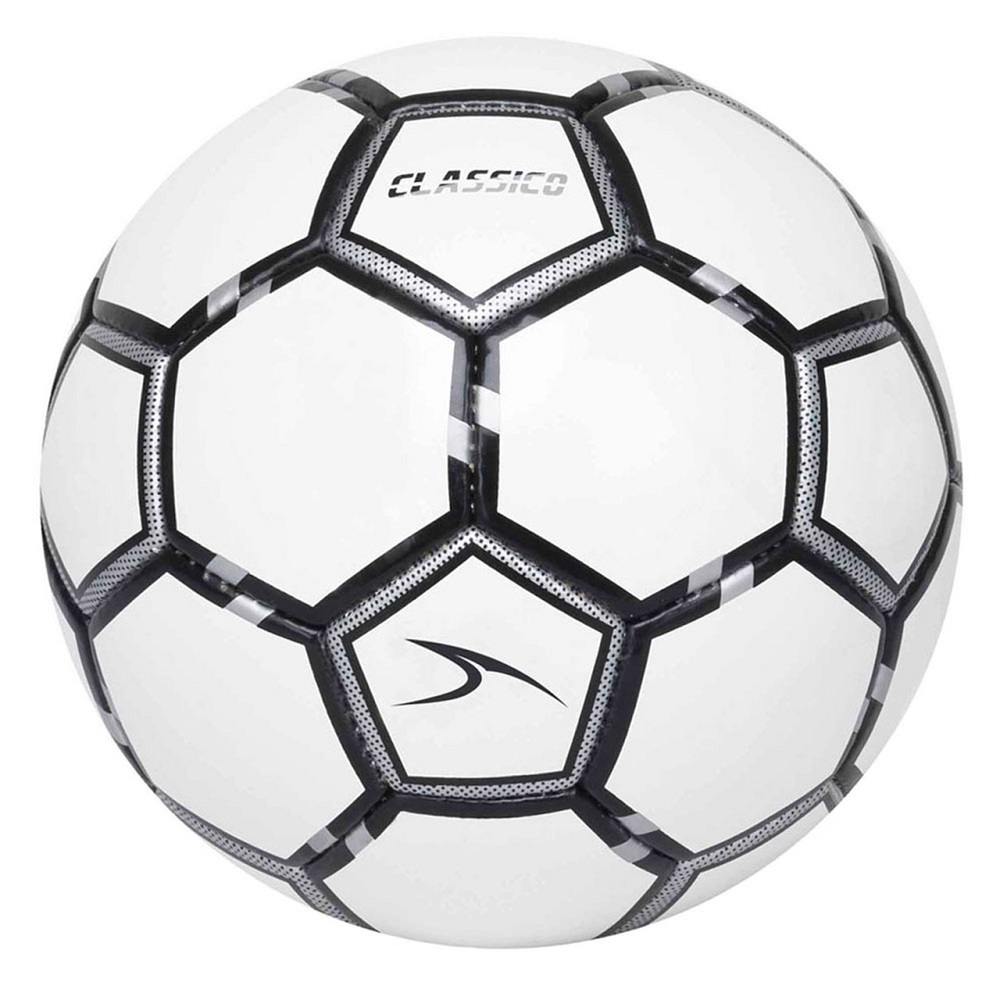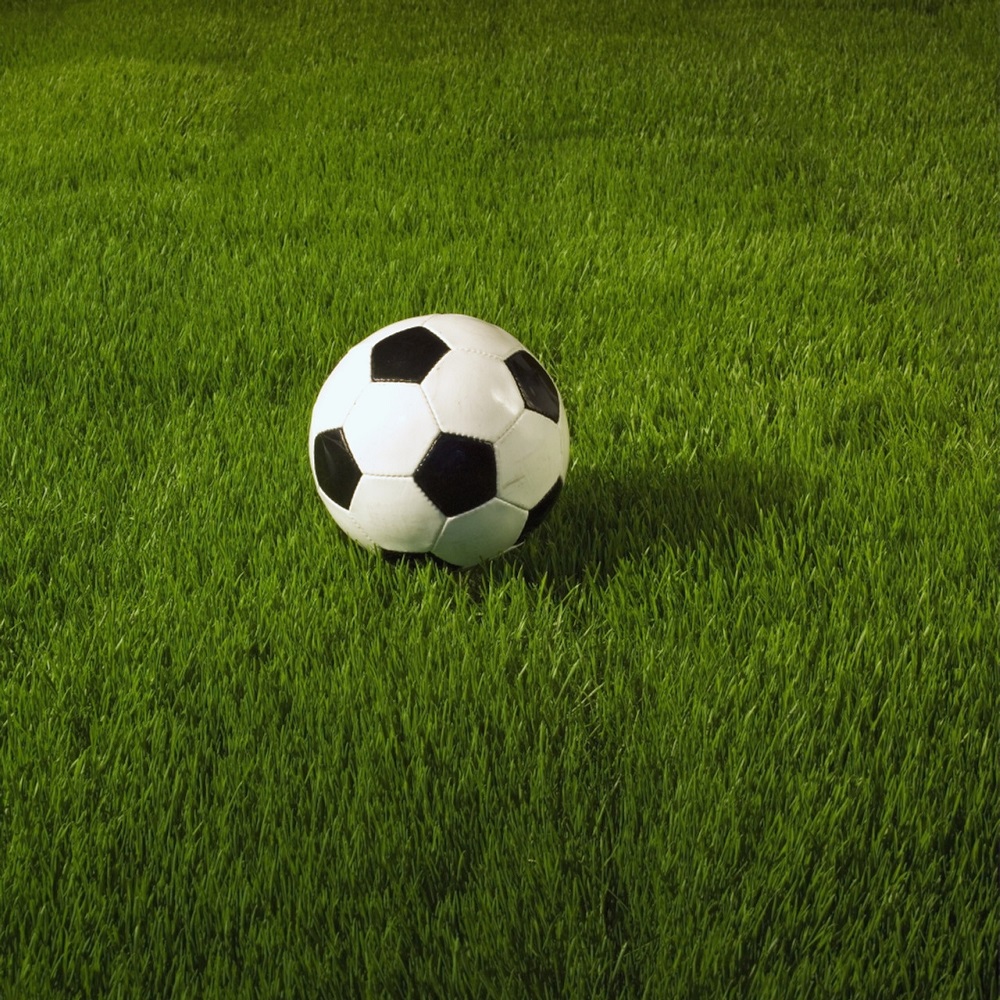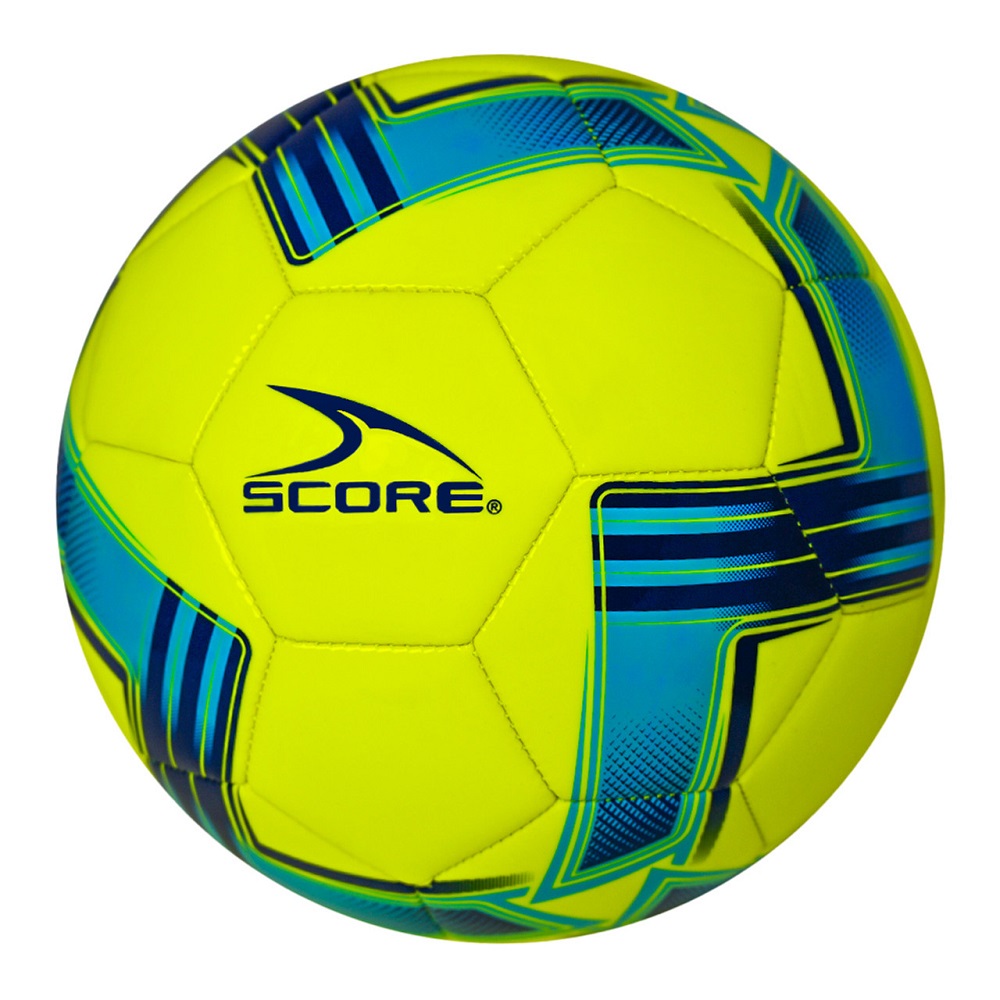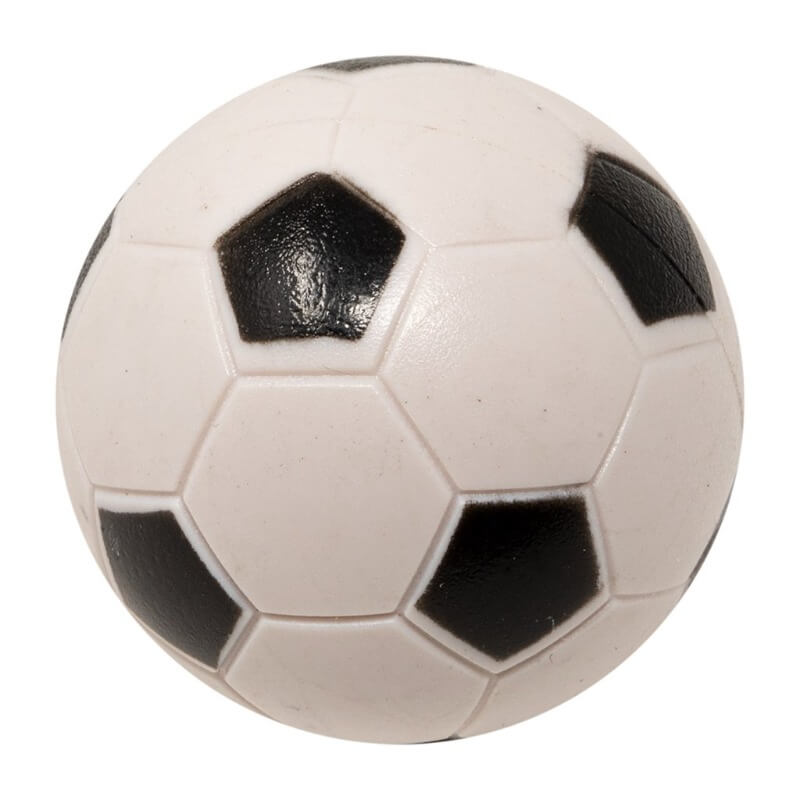Soccer, known as the beautiful game, is played and loved by millions around the world. One of the most essential pieces of equipment in soccer is the soccer ball. While it may seem straightforward, soccer balls vary in size, type, and material, all of which can affect gameplay. Understanding these differences is crucial for players, coaches, and parents involved in the Champions League. In this article, we will explore the various sizes and types of soccer balls available, and how they contribute to optimal play.
Soccer Ball Sizes Explained
The Standard Size Chart
Soccer balls come in several sizes, each designed for different age groups and levels of play. The most common size classifications are Size 3, Size 4, and Size 5. Size 5 is the standard ball used in professional and adult matches. It typically has a circumference of 68 to 70 centimeters and weighs between 410 to 450 grams. This size allows for optimal control and performance on the field.
Size 4 balls are often used for youth players aged 8 to 12 years. They have a slightly smaller circumference of 63.5 to 66 centimeters and weigh between 350 to 400 grams. This size helps younger players develop their skills without the difficulty of handling a larger ball. Size 3 balls are designed for players aged 7 and under. They measure 58 to 61 centimeters in circumference and weigh between 320 to 340 grams. These smaller balls are perfect for introducing very young players to the game.
Selecting the Right Size
Choosing the correct size soccer ball is essential for skill development and confidence on the field. Using a ball that is too large or too small can hinder a player’s ability to control the ball effectively. For example, players working with a Size 3 ball will enjoy improved handling, while players using a Size 5 ball will practice shooting and passing effectively. Coaches should ensure that players use the appropriate size according to their age or level of play. Doing so will enhance their overall experience and development in soccer.

Types of Soccer Balls
Match Balls
Match balls are specifically designed for competitive play and are eligible for use in league and tournament matches. These balls are built to meet specific quality standards set by governing bodies like FIFA. A quality match ball features a well-constructed outer casing, a high-quality bladder, and advanced stitching methods, contributing to accuracy and durability during play.
FIFA-approved match balls often undergo rigorous testing to ensure their performance aspects, such as roundness, weight, and water resistance. Players and coaches prefer match balls because they provide a consistent playing experience. Using a high-quality match ball helps players improve their skills and understand the game better.
Training Balls
Training balls are designed for practice and drills. They often come in a variety of sizes and weights, making them suitable for various age groups. While training balls may not possess the same performance characteristics as match balls, they are typically more durable, as they endure constant use during training sessions.
Training balls can also be heavier or lighter than standard match balls, allowing coaches to create specific training conditions. For example, using a heavier ball can help players build strength and improve their kicking technique. Training balls also come at a lower price point, making them an economical choice for teams and clubs.

Materials Used in Balls
Outer Casing Materials
The outer casing of a soccer ball plays a vital role in its performance. Soccer balls can be made from a variety of materials, including synthetic leather, PVC, and polyurethane. Synthetic leather balls are the most common type used in match play. They offer a combination of durability, water resistance, and touch, making them a popular choice among players at all levels.
PVC balls are often less expensive, making them suitable for recreational play or beginner training sessions. While they may not provide the same level of quality as synthetic leather balls, they still serve as functional options for casual games. Polyurethane balls offer an excellent touch and feel, making them ideal for high-performance play. However, they may come at a higher price point and require more care to maintain their condition.
Bladder Materials
The bladder of a soccer ball is another essential component. It’s responsible for maintaining the ball’s shape and air retention. Most soccer balls feature latex or butyl bladders. Latex bladders provide excellent touch and responsiveness, but they may not hold air as well as butyl bladders. Butyl bladders are more durable and have superior air retention, making them ideal for training balls or recreational use.
When selecting a soccer ball, it’s crucial to consider the bladder type as it can impact the overall performance. Players may want to choose a ball based on their specific needs for training and competition.

Understanding Ball Weight and Pressure
The Influence of Weight
The weight of a soccer ball plays a key role in its performance on the field. Each sized ball comes with a recommended weight range that contributes to accurate passing, shooting, and overall ball control. For instance, a Size 5 ball weighing 410 to 450 grams provides players with a consistent experience that allows for better skill development.
Players benefit from understanding the weight differences between match and training balls. Training balls may come in various weights for specific drills, and practicing with heavier or lighter balls can help players develop strength and technique. Awareness of ball weight also allows coaches to tailor training programs based on the players’ skill levels.
Maintaining Proper Pressure
Keeping a soccer ball inflated to the correct pressure is critical for ensuring optimal play. For Size 5 balls, the recommended pressure is typically between 0.6 to 1.1 bars or 8.5 to 15.6 psi. A properly inflated ball allows for better control, distance, and accuracy during play. If a ball is under-inflated, it will feel heavy and sluggish. Conversely, an over-inflated ball could lead to a harsh touch, making it difficult for players to control.
Players and coaches should regularly check and maintain their soccer balls’ pressure. Investing in a reliable pump and pressure gauge ensures that the balls are always ready for practice or matches. By maintaining proper pressure, players can enhance their performance on the field.

Specialty and Training Balls
Indoor Soccer Balls
Indoor balls are typically smaller and heavier than traditional outdoor balls. A smaller size allows for better control in tight spaces commonly found in indoor settings. The weight contributes to a slower speed, making it easier for players to maintain control.
Manufacturers often use softer materials to make indoor soccer balls to prevent damage during play. They design these balls to provide a consistent touch, making them suitable for futsal and other indoor soccer variations. Players looking to enhance their indoor game should invest in a high-quality indoor soccer ball.
Miniature Soccer Balls
Miniature soccer balls are an excellent training tool for young players. These smaller balls, usually around Size 1 or Size 2, help children develop fundamental skills while keeping them engaged in practice. Miniature balls are lightweight, allowing for easy handling and improved foot control.
Using smaller balls can aid players in improving their passing, dribbling, and shooting techniques. Miniature balls also promote coordination and strength development. Many youth programs use mini soccer balls to teach young players the core skills they’ll need as they progress in the sport.

Choosing the Right Ball for Your Needs
Assessing Your Skill Level
When selecting a soccer ball, it’s essential to assess your skill level and playing conditions. Beginners may benefit from more affordable training balls while they develop their abilities. Intermediate players could consider stepping up to a better quality training or match ball as they become serious about the game.
Understanding the different types of soccer balls will help players make an informed choice. Whether practicing alone, playing in local leagues, or participating in competitive matches, having the right ball can significantly enhance the experience. Coaches also should consider their players’ ages and skills when selecting team balls to ensure that everyone can play effectively.
Budget Considerations
Price is another critical factor to consider when choosing a soccer ball. While high-end match balls may offer superior performance, they can be costly. When selecting soccer balls, consider your budget and how often you expect to use them. Training balls often come at a lower price point, making them ideal for teams and casual players.
It may be wise to invest in one quality match ball while opting for more economical training balls. Finding a balance in your soccer ball investments can ensure that players have the tools they need without breaking the bank. Numerous brands and options cater to various budgets, allowing players to prioritize quality while being cost-conscious.
Enhancing Your Game with the Right Soccer Ball
In summary, understanding the different sizes and types of soccer balls is crucial for optimal play. From the standard Sizes 3, 4, and 5 to specialized indoor and miniature balls, each type offers its unique advantages. Evaluating factors such as materials, weight, pressure, and specific needs will help players and coaches make informed decisions.
Investing in the right soccer ball not only enhances individual skill development but also improves team performance. Selecting a high-quality match ball, training ball, or specialty ball can significantly impact gameplay experiences, whether on the field or in practice.
As soccer continues to grow globally, the importance of using the right equipment becomes increasingly clear. Players, coaches, and families should prioritize soccer balls that suit their needs, ensuring that they enjoy the game fully. With an understanding of the available options, soccer enthusiasts can make the best choices to support their performance on the pitch.
